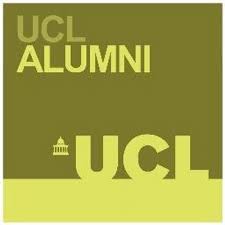Numerical Simulation of Complex Physiological Systems
An advanced understanding of the implications of the hemodynamic alterations produced by diseases and clinical corrections (such as surgical and transcatheter bioprosthetic valves) is essential in order to improve the therapeutic planning and the outcome from the treatments. The latest developments in computational engineering can substantially contribute to gain an adequate insight in the phenomenon, by overcoming the limitations in time and space resolution of experimental techniques, such as MRI or PIV (see ‘Augmented cardiovascular 4D flow MR Imaging’).
In order to provide a sufficiently accurate model of the physiological mechanisms that characterise the heart valve function, numerical simulations must involve the interaction of non-linear highly deformable structures with pulsatile fluid flows. This require complex numerical analyses able to support Fluid-Structure interactions (FSI).
We are implementing a computer model comprising both the aortic root and the flowing blood, which is allowing to expand the finding from the our experimental PIV studies (see ‘Heart Valve PIV’) to the entire fluid in the aortic root, and generalise them. This would also provide a more appropriate tool for therapeutic planning and for the design of novel devices.

 Close
Close








